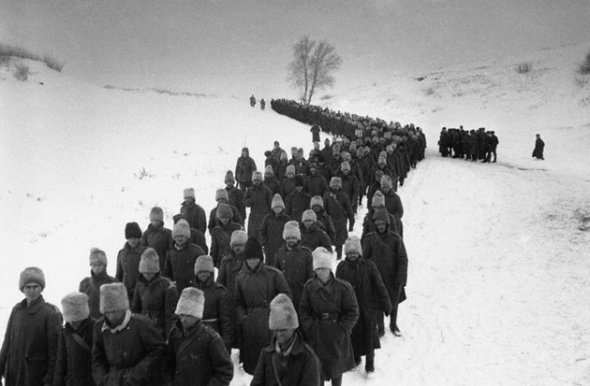Popular Posts
-
Auschwitz concentration camp was a network of German Nazi concentration camps and extermination camps built and operated by the Third Reic...
-
A war correspondent is a journalist who covers stories firsthand from a war zone. They were also called special correspondents in the 19...
-
Death penalty or execution is punishment by death. The sentence that someone be punished in this manner is a death sentence. Crimes that...
-
Ashin Wirathu is a Burmese Buddhist monk, and the spiritual leader of the anti-Muslim movement in Burma. He has been accused of inspir...
-
David Letterman paid tribute to his wife, son and mother in an emotional and humble message that brought his glittering 33-year career to a...
-
In the HISTORY of the world, who has KILLED maximum INNOCENT human beings 1) "Hitler" Do you know who he was ...
-
May 21, 1998, President Suharto resigned, after a continuous demonstration of action which killed four Trisakti students and sparked violen...
-
1 Grigory Otrepyev Grigory Otrepyev (born Yury Bogdanovich), according to Boris Godunov's government, was a fugitive monk who pr...
-
The Tielman Brothers was the first Dutch East Indies (Dutch-Indo) band to successfully venture into the international music scene in the ...
Blog Archive
-
►
2015
(5)
- ► 05/24 - 05/31 (2)
- ► 05/17 - 05/24 (3)
-
►
2011
(2)
- ► 12/11 - 12/18 (1)
- ► 04/17 - 04/24 (1)
-
►
2010
(2)
- ► 02/28 - 03/07 (1)
- ► 02/07 - 02/14 (1)
05 May 2013
A war correspondent is a journalist who covers stories firsthand from a war zone. They were also called special correspondents in the 19th century.
Their jobs require war correspondents to deliberately go to the most conflict-ridden parts of the world. Once there they attempt to get close enough to the action to provide written accounts, photos, or film footage. Thus, being a war correspondent is often considered the most dangerous form of journalism. On the other hand, war coverage is also one of the most successful branches of journalism. Newspaper sales increase greatly in wartime and television news ratings go up. News organizations have sometimes been accused of militarism because of the advantages they gather from conflict. William Randolph Hearst is often said to have encouraged the Spanish–American War for this reason. (See Yellow journalism)
Only some conflicts receive extensive worldwide coverage, however. Among recent wars, the Kosovo War received a great deal of coverage, as did the Persian Gulf War. Many third-world wars, however, tend to receive less substantial coverage because corporate media are often less interested, the lack of infrastructure makes reporting more difficult and expensive, and the conflicts are also far more dangerous for war correspondents.
Mikhail Savin was born in 1915. The first shots taken in 1941. He managed to take a picture moment of Soviet Union troops withdrewing, he also managed to capture the moment of Moscow defence force, Kursk battle, Soviet attack in Europe etc.
It is said that he has a talisman which he believes can help him in difficult moments. namely a ceramic ring that is used to hang the curtain.
All his work is one of the best as a professional.
Subscribe to:
Post Comments (Atom)



































.jpg)
.jpg)

.jpg)

.jpg)



















0 comments:
Post a Comment